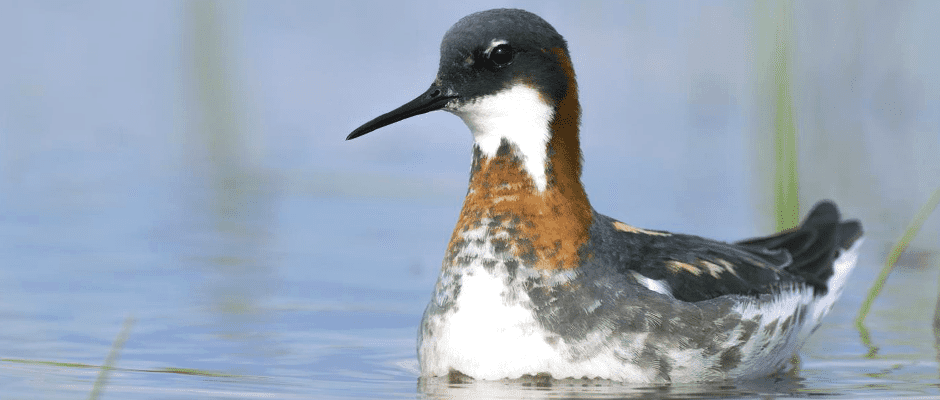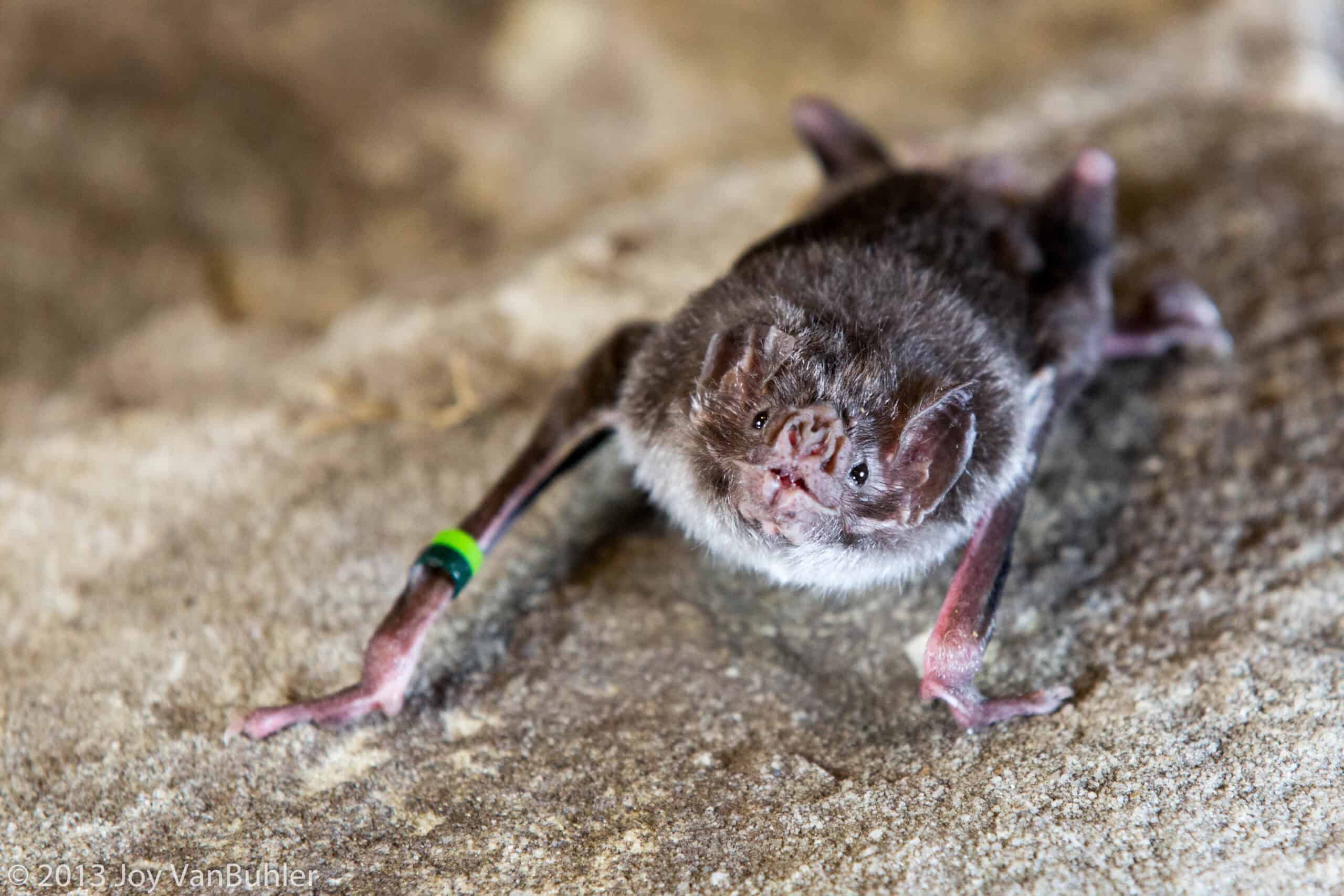Share this article
Hazards on migration route may imperil Arctic shorebirds
Arctic shorebird populations have been dwindling for more than a decade, but recent research suggests that habitat loss and other factors along their migratory routes may be more responsible for their declines than conditions in their Arctic breeding grounds.
These birds, which nest on the tundra in Alaska and Canada during the summer, journey thousands of miles to South America or Asia to wait out the frigid far northern winter. Researchers found the declines were particularly pronounced in birds flying west to winter in Asia and as far south as Australia.
“The challenges they’re experiencing in the south is likely driving the decline in Arctic breeding shorebirds — issues on stopovers or overwintering sites rather than on the breeding ground,” said Rebecca Bentzen, a co-author on the paper published in The Auk: Ornithological Advances.
A Wildlife Conservation Society avian research coordinator for Arctic Beringia, the region where North America meets Asia, Bentzen and her colleagues examined Arctic shorebirds at nine sites across North America, including the Arctic National Wildlife Refuge and National Petroleum Reserve in Alaska and Bylot Island in Nunavut. They studied American golden plovers (Pluvialis dominica), semipalmated sandpipers (Calidris pusilla), western sandpipers (Calidris mauri), red phalarope (Phalaropus fulicarius), red-necked phalarope (Phalaropus lobatus) and dunlin (Calidris alpina).
From 2010 to 2014, the biologists flushed the adult shorebirds off their nests with a long rope, tagged the birds and tracked them down in subsequent summers to assess their survival. They also looked at how the timing of snowmelt, temperature, local habitat and predation affected them, but these factors seemed to have less impact than those they faced on their migration routes.
“The variables we measured on the breeding grounds didn’t seem to be driving adult survival rates or causing population decline,” Bentzen said. “It’s likely the stress on staging and wintering areas.”
Habitat degradation from coastal mudflat reclamation and climate change, as well as hunting, are adversely affecting Arctic shorebird populations in South America and Asia, she said, but birds wintering in Asia appear to be particularly affected. Shorebirds such as the dunlin that travel the East Asian-Australasian flyway to winter in locations from China to Australia exhibited significantly lower survival than species using the Americas flyway to migrate between North and South America. These findings align with previous ones showing that shorebirds on the East Asian-Australasian flyway are in greater trouble, Bentzen said, with over 20 percent of the shorebird species passing through it in decline.
“The East Asian-Australasian flyway has more endangered species, more habitat loss, more species in decline, more pollution,” she said. “That’s because half the world’s population shares the area with shorebirds migrating that way.”
Research efforts should focus on “identifying important stopover areas and finding out the factors driving declines at these stopover areas, especially for the East Asian-Australasian flyway,” said Bentzen, who’s tagging and monitoring more Arctic shorebird species to this end. “We need to see what we can do about mitigating impacts on stopover areas.”
All the same, the shorebirds’ breeding grounds require protection, too, she said, because climate change and oil development could damage their arctic habitat.
Header Image: A red-necked phalarope swims within the Prudhoe Bay Oilfield in northern Alaska. ©Zak Pohlen








